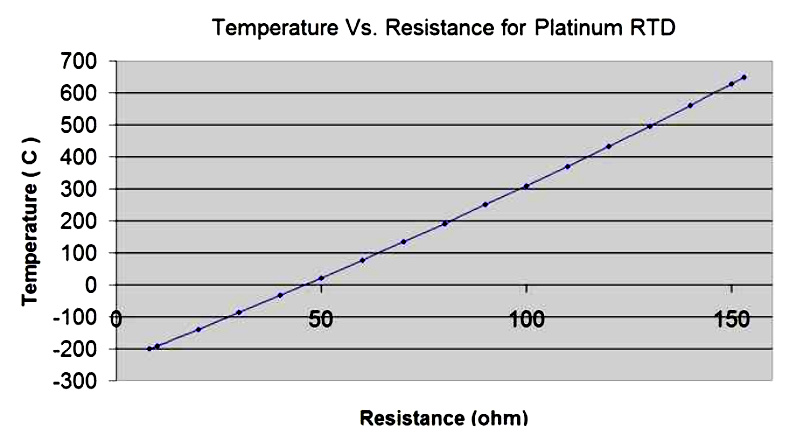Resistance Temperature Detector (RTD) is a temperature sensor which contains a resistor, the resistance changes with temperature; this can then be correlated to provide a temperature reading.
Detectors are most commonly made using platinum (Pt) because it follows a very linear resistance-temperature relationship in a repeatable manner over a large temperature range.
They are also know as Platinum Resistance Thermometers (PRT). PRT sensors can be flat film for low temperature applications or wire wound for higher temperature applications.
The RTD Pt100 sensor is the most common and has a resistance of 100 ohms at 0°C whilst the Pt1000 sensor has a resistance of 1000 ohms as 0°C.
As Pt1000s have a higher resolution they are considered to be more accurate, this is because sensitivity or uncertainty is reduced in basic 2-wire sensors, however this uncertainty can be further reduced by using 3 or 4 wire RTD sensors.
Source : sterlingsensors
